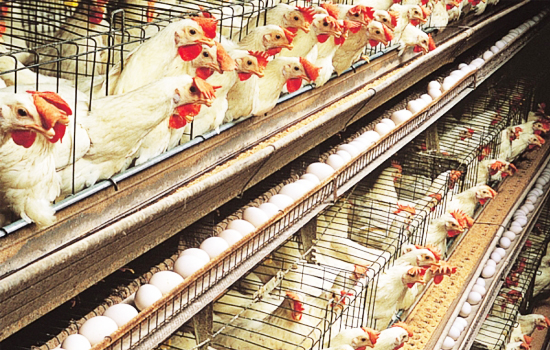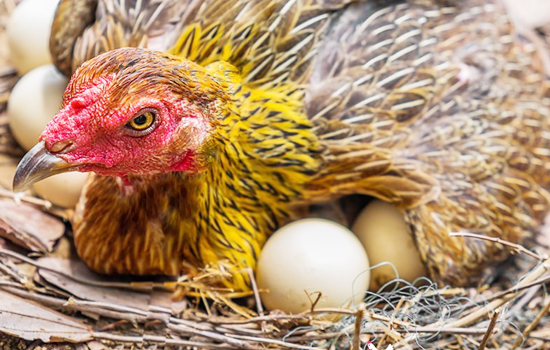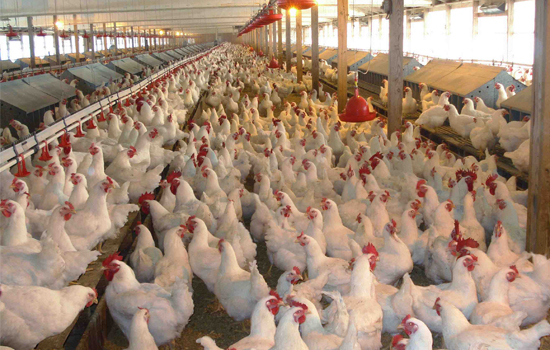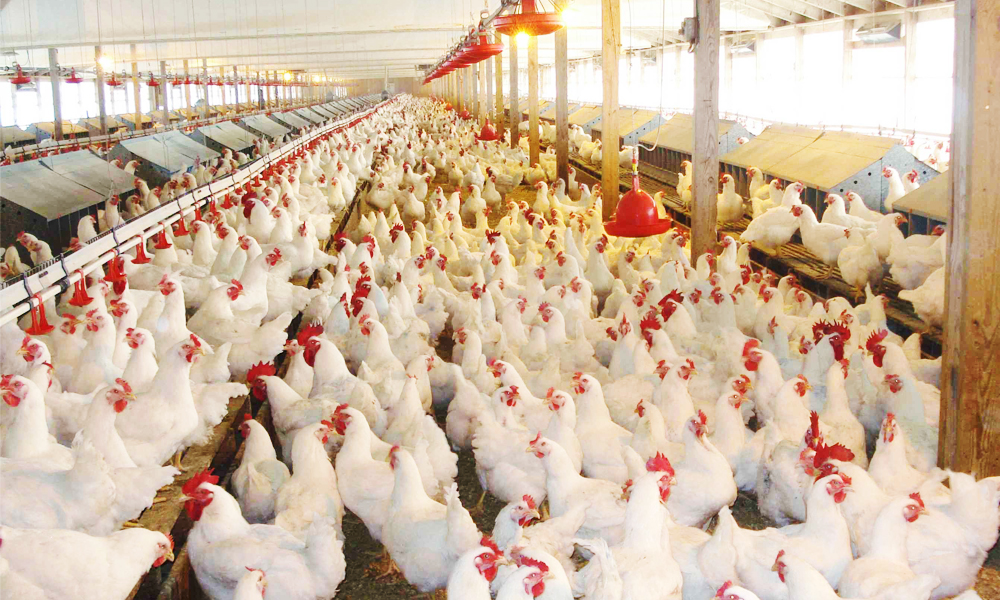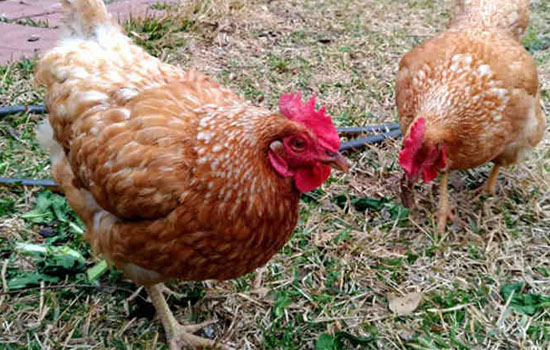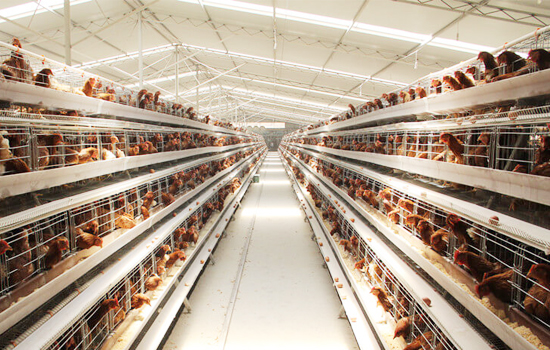The misconception of cooling
- Published in Method of breeding chicken
When we raising chicken in poultry cage suppliers,We all know the most important thing to raise chickens in summer is to cool down. The temperature in summer is relatively high. Therefore, cooling and heatstroke prevention is an important task. Give chickens a suitable growth space and reduce the occurrence of stress reaction. Here, we should pay attention to the correct cooling method. It helps the chicken to grow, so what are the wrong ways to cool down?
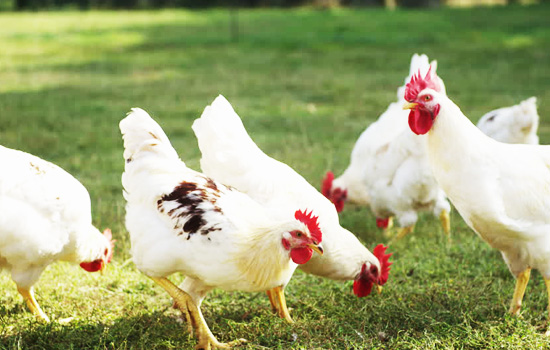
1. Many farmers only pay attention to the cooling work of laying hens during the laying period. In fact, the chickens in each stage need good cooling work. When the ambient temperature is too high, the feed intake of the chicks will also be affected by the high temperature. Reduce, thus affecting the growth and development of chicks.
2. When building a chicken house, trees will be planted around it. It is considered to be able to shade and reduce the temperature of the house. However, there are more trees, and all kinds of birds, insects, mosquitoes, etc. will increase. These insects are the source of disease. Lead to a major outbreak in the chicken farm. A wet curtain can be installed in the house to cool down.
3. Improper drinking water immunization: In order to prevent the outbreak of infectious diseases in summer chicken flocks, the vaccine is vaccinated by drinking water, but when the drinking water is immunized, the farmer should reasonably carry out the above internal immunization, the selection of vaccine, the preparation and the correct immunization of drinking water. The method must be mastered by the farmers, otherwise the phenomenon of drinking water immunity failure is easy to occur.

